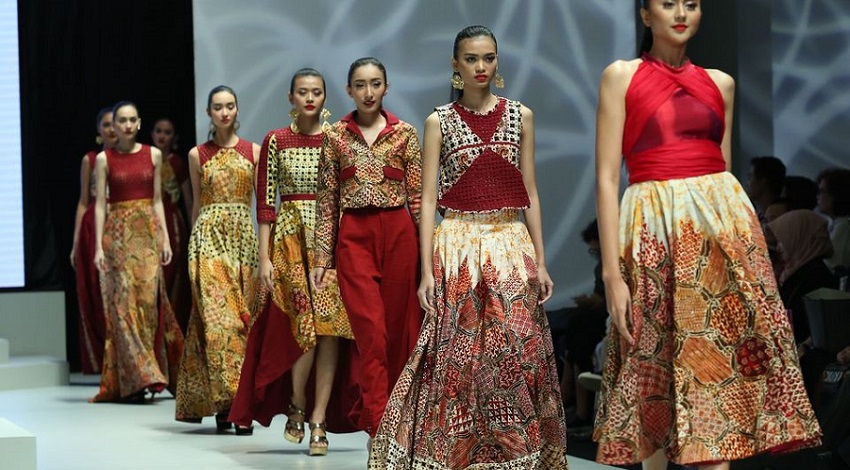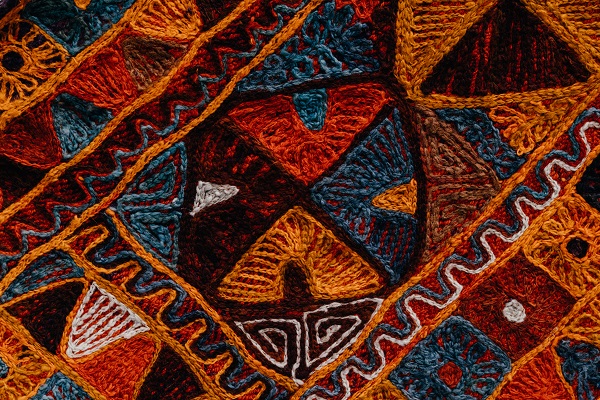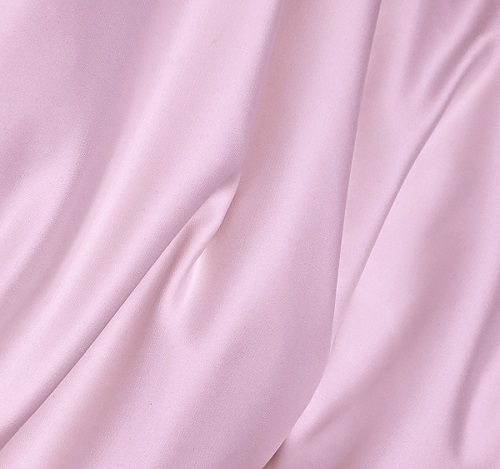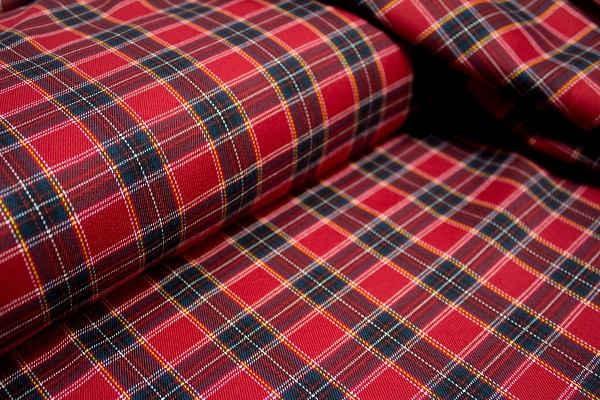 Notosuryoprabowo
Notosuryoprabowo
Fashion has long been an amazing representation of different cultures, self-expression, and personality. With various textiles that perfectly encapsulate the history of the places they come from, it’s a great way to celebrate the colors of the world and the little intricacies that connect us all.
From the works of Nigerian designers like Ian Audifferen and Nkwo Onwuka, among other amazing artisans, we can see how hundreds of years of culture can remain alive in fashion today without sacrificing reverence for modernity and wearability.
For any fashion enthusiast and lover of what the world has to offer, this read may introduce you to some of the most awe-inspiring textiles that live across the globe.
Batik from Indonesia
 Photo: Pexels.com
Photo: Pexels.com Batik actually refers to a wax-resist dyeing method applied to textiles. It creates a fabric with amazing patterns that are painstakingly hand-designed. Usually done on wool or cotton, the Indonesian method is strictly done using either stamp or writing with canting and wax as a medium. The motifs represent various regions of the nation, though Indonesia’s batik actually costs less and dons earth tones more often than not.
Silk from Thailand
 Photo: Susan Wilkinson/Unsplash
Photo: Susan Wilkinson/Unsplash Thai silk is one of the most beautiful textiles you can try on, and no fabric is the same. ExpatBets’ guide to Thailand highlights the unique preservation of their own heritage despite their continued modernization. This is one of the things that makes the place so popular for tourism, and if you’re going to bring anything back from a trip – it’s got to be their silk. It is known for not just its beautiful sheen and texture but also its sturdiness that can see any garment last a lifetime.
Kalamkari from Iran
A variation on cotton textiles, Iran’s kalamkari boasts designs that are either painted on by hand or block-printed. The amazing thing about this textile is that, traditionally, only natural dyes are ever used. The art of creating kalamkari involves 23 steps to achieve the final masterpiece, and if you ever see a finished product with your own eyes, you’ll see how the long process is truly worth it. You can see it in decorative pieces and traditional saris, though today you can see these designs radiate on blouses and pants.
Tartan from Scotland
 Photo: Pexels.com
Photo: Pexels.com From the iconic highland dress to the men’s kilt, we’ve seen tartan become one of the most recognizable textile patterns in the pantheon of fabrics. Designers love to use it whether they are going for avant-garde or rocker chic, though its main roots still take hold in Scotland. Though other recreations use the same pattern on different types of fabric, the classic iteration that is truest to form is woven wool.
Barkcloth from Uganda
An art that came from the craftsmen of southern Uganda’s native clans, barkcloth is a unique textile that comes from trees and plant material. Amazingly, the sturdy material is an amazing canvas for different designs and has seen use in both decorations and fashion. Not only does it result in stylish pieces both traditional and modern, but it also makes for sustainable clothing to boot. National Geographic’s piece on barkcloth even highlights its place in modern fashion with the likes of Jose Hendo creating runway looks from the textile.
It’s interesting to see just how many stories are woven into the fabrics that adorn our wardrobes without us even taking a second glance. Just as every cotton sheet carries within it echoes of the “Free Produce Movement”, textiles are a wondrous homage to the beauty that stems from what we sow.







